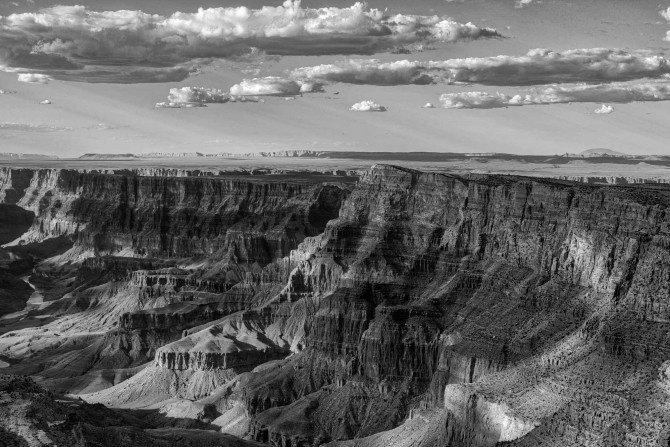
In the three says I’ve worked with it, I was left with the following impressions: I’d downloaded the pair of software applications to try out and gauge if it met my needs.

Not only is it not a stable platform to work with, it’s endeavors to introduce simplicity and ease of use created shortcuts that cut corners and ultimately led to an inferior product. What everyone failed to mention, however, was the mediocre programming and processing capabilities of Luminar 4, in my opinion. Heck, Jim Nix was even sponsoring Luminar 4 in recent videos to show off how to make his photography really pop! The AI capabilities that were touted in the reviews seemed to make it sound extremely impressive, especially being able to add solar rays or replace skies more easily. It offers a faster editing process compared to Lightroom, making it seem much more appealing. I’d recently run across an article that compared Lightroom to a newer software from Skylum called Luminar 4 and Luminar AI, which was being designed to use neural networking strategies to develop images.įrom what I had read, not only was Luminar comparable to LR’s range of tools, the interface and learning curves were much better to get into.

Meanwhile, you can refer to the Luminar AI one since a lot of features overlap:

The user guide is in the works right now, and we expect to post it as soon as it's ready.

Let me also provide some info on the materials that can help you succeed: Thus, a great result can be achieved just by a couple of clicks. There are also content-aware presets that are suggested by the app based on the content of the photo. It has a lot of tools that are AI-based and can apply the effect selectively, having recognized the objects in the photo. We've built Luminar Neo to be intuitive and easy to use.


 0 kommentar(er)
0 kommentar(er)
